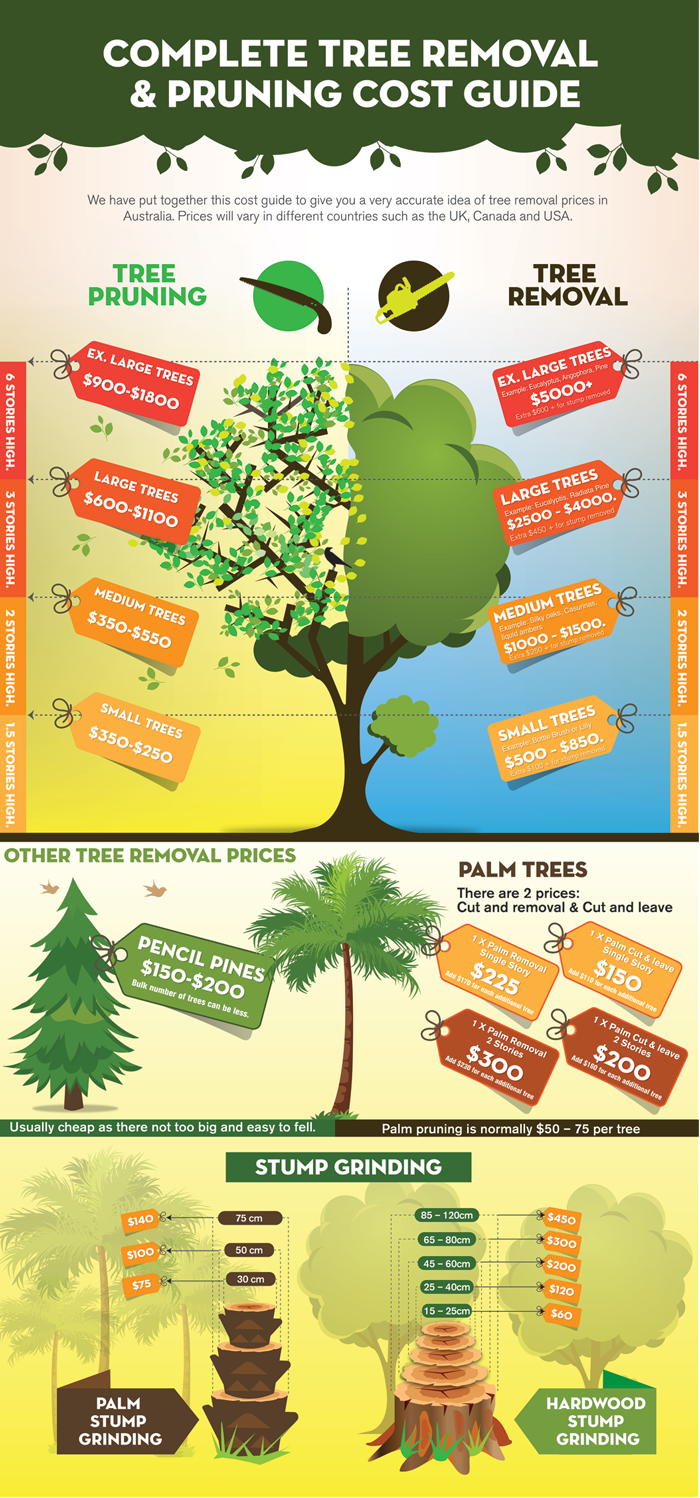Watch For Vital Signs That Suggest Your Tree May Be A Danger; Identifying These Can Help Secure Your Home And Those You Care About.What Should You Keep An Eye On Following?
Watch For Vital Signs That Suggest Your Tree May Be A Danger; Identifying These Can Help Secure Your Home And Those You Care About.What Should You Keep An Eye On Following?
Blog Article
Material Written By-Harrell Emerson
When it comes to tree treatment, acknowledging the signs that it's time for removal is essential for your safety and residential property. You could notice discolored leaves, wilting branches, or strange fungal growths suggesting illness. Architectural problems, like a considerable lean or fractures in the trunk, can likewise present threats. Comprehending these indication can help you make informed decisions about your trees and protect against prospective dangers hiding in your backyard. What should you look for next?
Indicators of Decay and Condition
When you observe indicators of decay and condition in your trees, it's important to act rapidly. Pruning Magnolia Tree for tarnished fallen leaves, wilting branches, or unusual growths like fungus. These can show that your tree is struggling.
If you see fractures in the bark or soft, mushy timber, these symptoms recommend inner degeneration. Furthermore, an unexpected boost in parasites around your tree can signify that it's weakened and at risk.
Look for any kind of dead or dying limbs, as they position a risk to your residential or commercial property and safety and security. If you doubt concerning what you see, getting in touch with an arborist can provide clearness.
Attending to these indications early can conserve you from extra comprehensive damages and ensure the health of your yard. Don't wait till it's far too late.
Structural Instability and Leaning
As you observe your trees, watch out for any signs of architectural instability or leaning. If a tree leans significantly, it might indicate that the origin system is jeopardized.
Try to find any splits in the trunk or dirt around the base; these can indicate prospective failing. Furthermore, check for uncommon development patterns, like an unbalanced crown, which may recommend that the tree is struggling to hold itself upright.
If you discover that the tree favors your home, high-voltage line, or various other structures, it postures a greater risk. Do not ignore these signs-- seek advice from an arborist to evaluate the circumstance.
Doing something about it early can stop expensive damages and guarantee your safety.
Dead or Perishing Branches and Vegetation
If you observe dead or passing away branches and vegetation on your tree, it's a clear indication that something's wrong.
These harmful locations can indicate underlying concerns like condition, insect invasions, or environmental stress and anxiety. When branches shed their leaves or transform brownish, they're no longer adding to the tree's health and wellness. Disregarding these indicators might bring about additional decline, making your tree extra dangerous.
Dead branches can conveniently break short throughout storms, positioning a risk to residential or commercial property and people nearby. It's critical to evaluate the extent of the damages.
If the trouble impacts a substantial part of the tree, consider seeking advice from a specialist. They can aid identify if elimination is essential to guarantee security and keep the appeal of your landscape.
Final thought
If you discover any kind of indicators of degeneration, architectural instability, or dead branches on your trees, don't disregard them. These signs can pose significant security risks to you and your home. It's always best to consult an expert arborist that can give a professional assessment of your trees. Taking action early can avoid mishaps and costly damage, ensuring your landscape stays safe and healthy. Keep in https://patch.com/virginia/fairfaxcity/christmas-tree-safety-tips-how-prevent-devastating-fires , it's much better to be positive concerning tree treatment than to wait for a catastrophe to take place.
